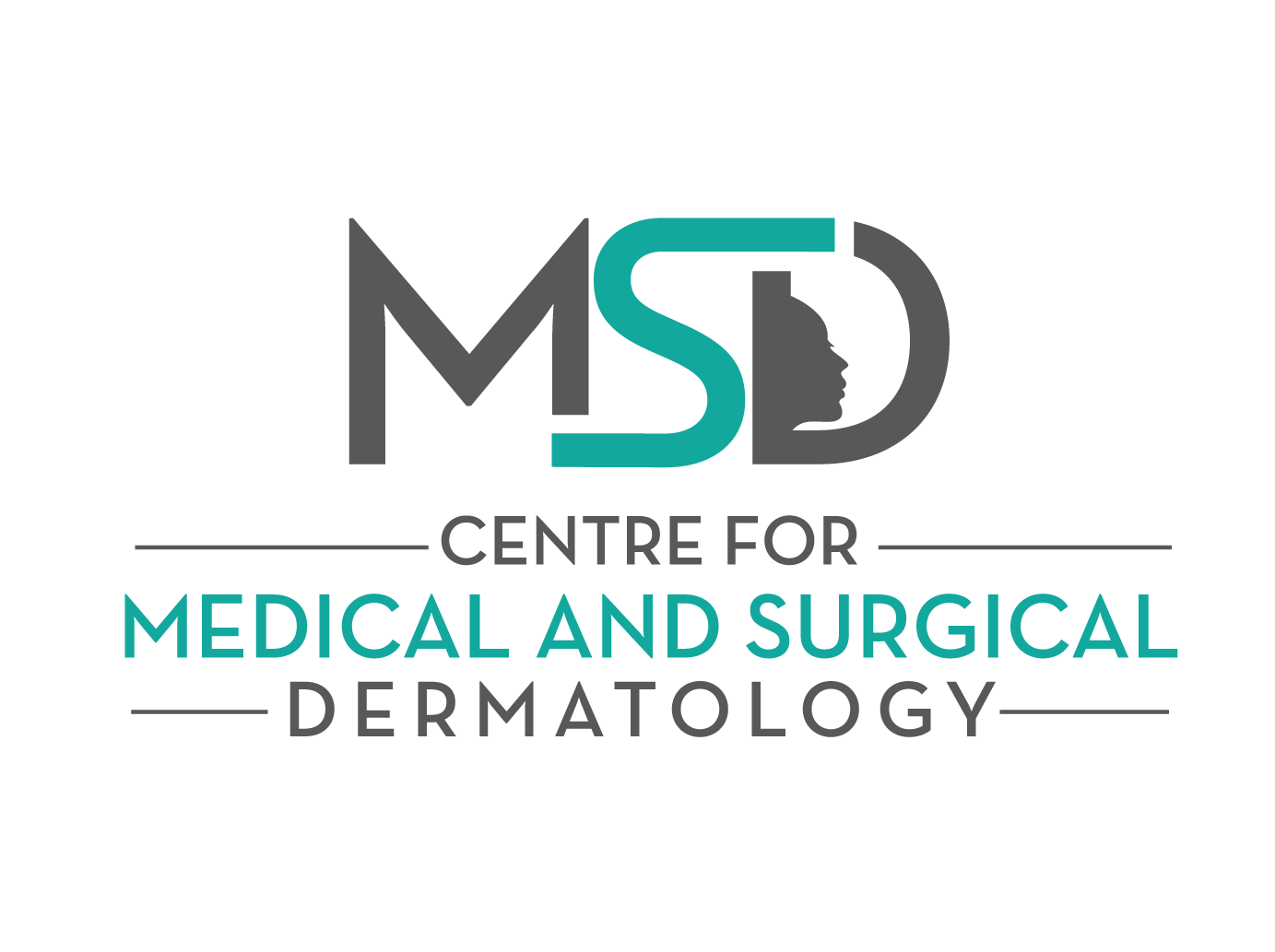WHAT IS ROSACEA?
Rosacea is a relatively common skin condition that affects primarily the central face. It can be persistent in nature or transient and recurrent. There is no comprehensive theory that would explain why Rosacea is happening. There are certain factors, such as genetic, environmental (ultraviolet, heat), spicy food, and alcohol that may contribute to the development of the disease. Hair follicle mites (Demodex Folliculorum) can be associated with the flare of Rosacea.

Clinically, Rosacea presents as redness of the face, papules and papulo-pustules, lid margin, and eye redness. Usually, there are no black- or -whiteheads, and scarring. Few clinical variants are distinguished:
- Telangiectatic
- Papulopustular
- Phymotous (thickening and swelling).
- Ocular Rosacea
- The most common symptoms of Rosacea are face flushing, telangiectasia, papules and papulo-pustules, dry, and flaky skin.
Treatment of Rosacea is complex and include:
- Avoidance triggers (Alcohol, spicy food, sun exposure)
- Topical steroids should be avoided
- Vigorous sun protection
Systemic antibiotics such as Doxycycline are beneficial in Rosacea
Topical treatment included Metronidazole cream or gel, Azelaic acid cream, and Ivermectin cream. Some patients respond well to topical calcineurin inhibitors (Tacrolimus, Pimecrolimus).
For resistant cases, the low dose Isotretinoin (Accutane) is used.
Redness and telangiectasia are often treated with the energy of the light (IPL- Intense Pulsed Light, or other vascular lasers).
